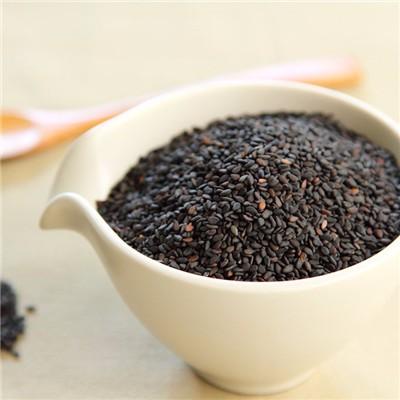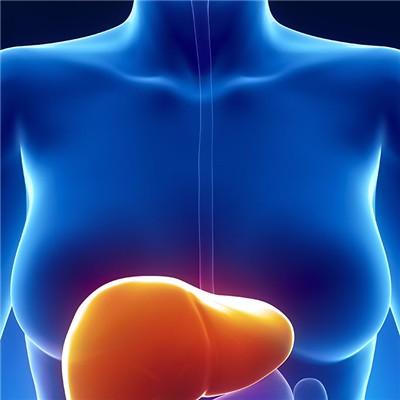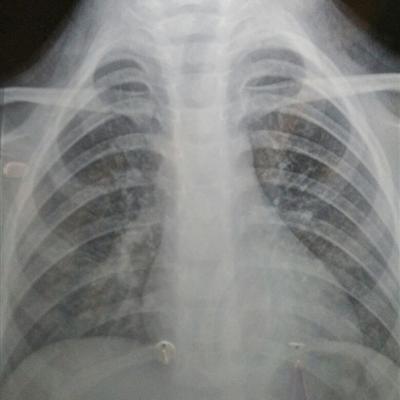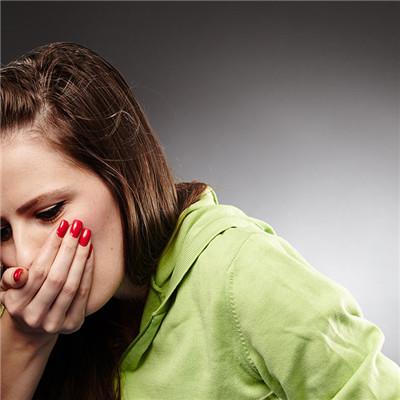Symptoms of pseudomembranous laryngitis?
summary
Pseudomembranous laryngitis is usually caused by virus. The virus can make the throat and respiratory tract of the baby secrete a lot of mucus. The accumulation of mucus is that the respiratory tract of the baby becomes narrow. If the mucus becomes slightly thick, it is easy to block the respiratory tract, causing the symptoms of children's difficulty in breathing. The cough is like the sound of a frog, and the respiratory tract is accompanied by murmurs, This disease is generally prone to children under 3 years old, so children suffering from pseudomembranous laryngitis parents should be how to correctly care to help the baby recover? Let's talk about it.
Symptoms of pseudomembranous laryngitis?
Rest at night: pseudomembranous laryngitis is easy to aggravate the disease at night, so parents should ensure that the child's breathing is unobstructed when the baby is resting at night. It's better to put the pillow a little higher and check the child's breathing and temperature at any time; If the body temperature exceeds 39 degrees, or if it is difficult to breathe and the face turns blue, seek medical advice in time;

Increase air humidity: during children's illness, it's better to open humidifier indoors for several consecutive days, with the help of humidifier to increase air humidity. Comfortable air humidity can relieve the discomfort of children's throat, prevent the mucus in the baby's respiratory tract from becoming more viscous, and cause the baby's dyspnea due to accumulation;

Children with pseudomembranous laryngitis can cry when they feel uncomfortable: for children with pseudomembranous laryngitis, all kinds of discomfort caused by inflammation make them feel uncomfortable. Children may cry because of uncomfortable symptoms such as fever, cough and dyspnea. In fact, parents should not rush to stop their children crying. Crying of children with pseudomembranous laryngitis is conducive to their smooth breathing, If the child cries loud and twitches smoothly, it means that the child's condition is improving;
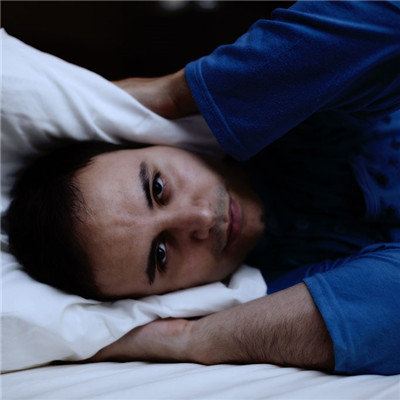
matters needing attention
Steam bath refers to letting children bathe in steam, not in a space full of steam. Parents can turn on the hot water valve of the bathroom to the maximum, let the hot water flow into the bucket or basin, close the doors and windows, let the children sit 2 meters away from the hot water, prevent the hot water from scalding the children, and let the children sit on a small stool to bathe in steam, But the whole process must be accompanied by parents;

